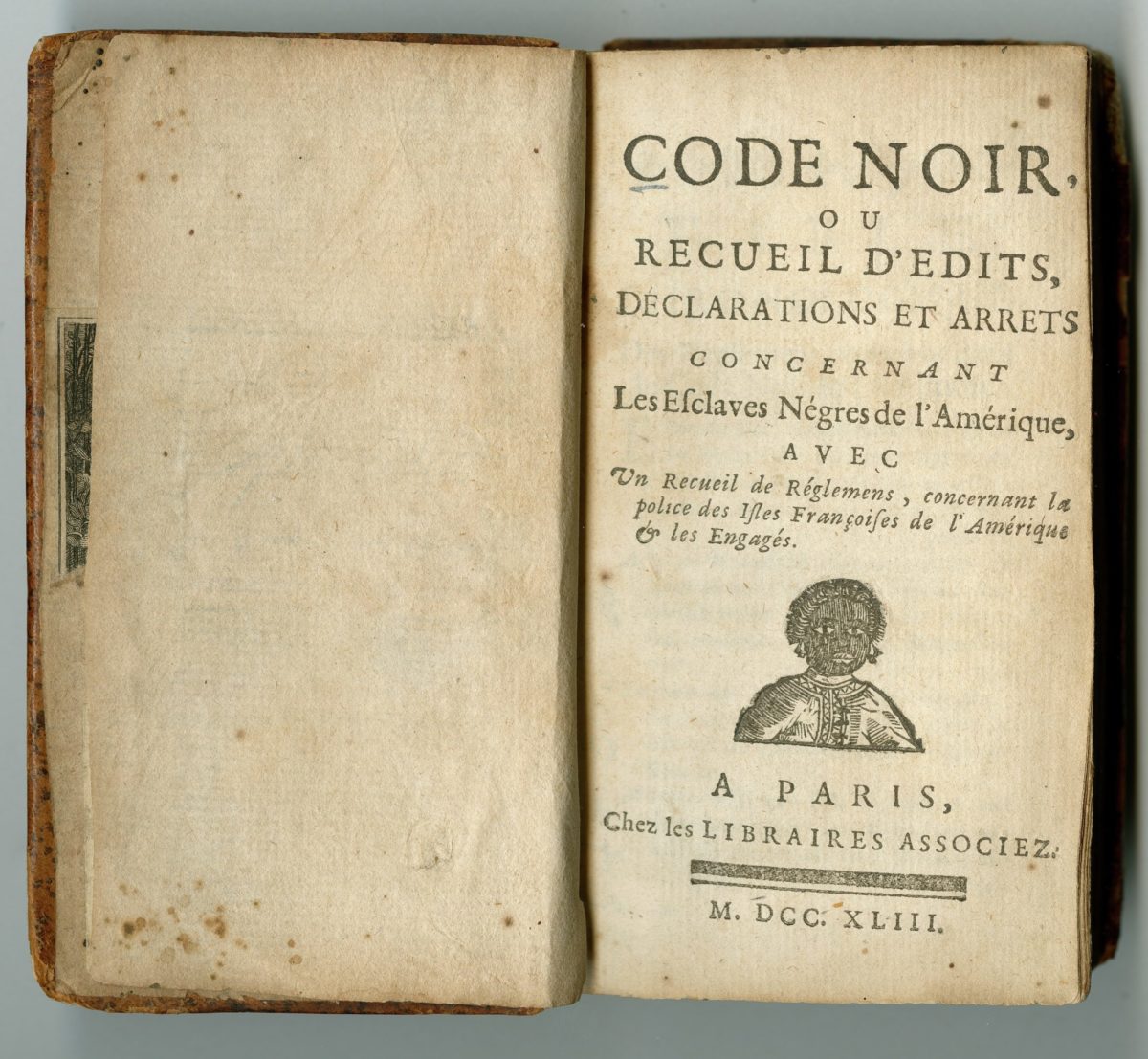| 1719 |
Workmen for the Compagnie des Indes (Company of the Indies) began digging for led and silver in the Mine la Motte area as one of the first lead mines in North America in 1719. Due to the physical requirements the next year Philippe Francois Renault, the main operator of the mine, brought the first enslaved people to colonial Missouri to work as forced labor. |
| 1724 |
In March 1724 King Louis XV of France issued an "Edict Concerning the Negro Slaves in Louisiana," known as the "Black Code" or “Code Noir.” This code continued under the Spanish regime and fixed the legal status of slaves, imposed rules upon their owners, and defined the legality of free people of color. The code detailed regulations about holidays, marriage, religious instruction, burial, clothing, punishment, and manumission of the enslaved, as well as the proper conduct of free persons of color in the colony. |
| 1769 |
Spanish Governor General Alejandro O'Reilly prohibited Native American slavery in Upper Louisiana on December 7, 1769, however those of African descent continued to be enslaved. |
| 1787 |
The Northwest Ordinance prohibited slavery in territory north of the Ohio River on July 13, 1787. Some French slave owners in that area moved west of the Mississippi River into Spanish-controlled territory to avoid losing their enslaved people. |
| 1803 |
The Louisiana Purchase, between France and the United States, was signed on April 30, 1803 doubling the size of the United States. |

Code Noir
|
| 1804 |
The Louisiana territorial government enacted a series of laws known as the "Black Code" or "Slave Code" on October 1, 1804. Largely based on English Common Law and Virginia’s slave code, this code made no distinction between enslaved people and other personal property. This differed from the French Code Noir and its Spanish equivalent Codigo Negro. |
| 1807 |
The General Assembly of the Louisiana Territory enacted legislation on June 27, 1807 allowing enslaved persons to sue for their freedom.
|
| 1817 |
Free blacks living in the Missouri Territory were legislatively prohibited from traveling freely and from gathering in meetings due to white fear of rebellion. |
| 1818 |
A petition to Congress from Missouri requesting statehood was presented by the Speaker of the U.S. House of Representatives Henry Clay on January 8, 1818. |
| 1820 |
The Missouri statehood controversy became a national issue as slavery was debated during the "Missouri Compromise" on March 6, 1820. The Missouri Compromise allowed Maine to enter the Union as a free state, Missouri to enter as a slave state, with the provision the remaining portion of the Louisiana Purchase north of the 36° 30’ line would have slavery “forever prohibited” thus keeping the balance of slave and free states equal in Congress. |